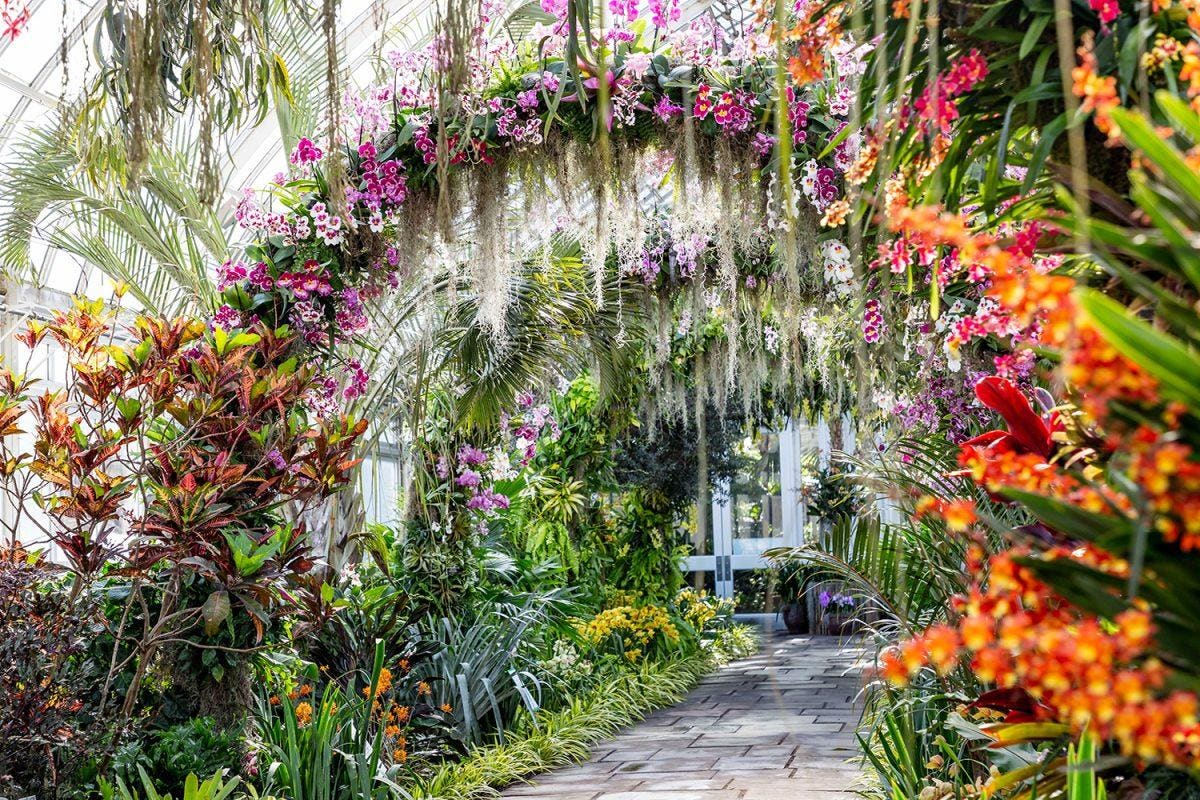

Articles
Where Is Botanical Garden
Modified: January 5, 2024
Visit the beautiful Botanical Garden and discover the wonders of gardening. Explore a variety of plant species and learn expert horticultural techniques.
(Many of the links in this article redirect to a specific reviewed product. Your purchase of these products through affiliate links helps to generate commission for Storables.com, at no extra cost. Learn more)
Introduction
Welcome to the enchanting world of botanical gardens! These serene havens of nature serve as a sanctuary for plant enthusiasts, outdoor lovers, and those seeking peace and tranquility amidst thriving greenery. With their vibrant displays of flora and meticulously designed landscapes, botanical gardens offer a captivating experience for visitors of all ages.
In this article, we will delve into the history of botanical gardens, explore their benefits, learn about famous botanical gardens around the world, discuss the importance of conserving these precious ecosystems, and provide tips on how to locate and explore the botanical gardens near you. So, grab your gardening gloves and let’s embark on this botanical adventure!
Key Takeaways:
- Discover the rich history and global significance of botanical gardens, from the ancient Hanging Gardens of Babylon to the iconic Kew Gardens in London, and explore the diverse plant collections and educational opportunities they offer.
- Immerse yourself in the beauty and tranquility of botanical gardens near you, where you can connect with nature, learn about plant diversity, and find inspiration in the remarkable landscapes and ecosystems they showcase.
History of Botanical Gardens
The concept of botanical gardens dates back centuries, with roots in ancient civilizations such as the Hanging Gardens of Babylon and the Gardens of Alhambra. However, the modern concept of botanical gardens, as we know them today, emerged during the Renaissance period.
During the Renaissance, advancements in science and exploration fueled a growing interest in understanding and cataloging the natural world. Botanical gardens served as living laboratories where plants from different regions could be studied, cataloged, and cultivated for their medicinal, agricultural, and scientific potential.
One of the earliest known botanical gardens is the Botanical Garden of Padua in Italy, established in 1545. It was designed as a center for botanical research and education and remains operational to this day. Other influential botanical gardens were established in the following centuries, including the Royal Botanic Gardens at Kew in London (1759) and the Jardin des Plantes in Paris (1626).
During the 18th and 19th centuries, botanical exploration and exchange flourished as explorers brought back plants from around the world. These plants were nurtured and showcased in botanical gardens, contributing to their growing collections and diversity.
The 19th century saw the establishment of several renowned botanical gardens, including the New York Botanical Garden (1891) and the Missouri Botanical Garden (1859) in the United States. These gardens played a vital role in botanical research and conservation, as well as public education and appreciation of plants.
Today, botanical gardens continue to evolve and adapt to the changing needs of society. They serve as vital institutions for plant conservation, education, and research, playing a crucial role in safeguarding plant species from threats such as habitat loss and climate change.
With their rich history and ongoing contributions to science and education, botanical gardens are not just beautiful landscapes; they are living archives and ambassadors of the natural world, reminding us of the remarkable diversity and interconnectedness of plants.
Benefits of Botanical Gardens
Botanical gardens offer a multitude of benefits that extend beyond their aesthetic appeal. Here are some of the key advantages that these green oases provide:
- Educational Opportunities: Botanical gardens serve as outdoor classrooms, offering valuable educational experiences for visitors of all ages. Through guided tours, workshops, and interactive exhibits, botanical gardens provide a platform for learning about plant life, biodiversity, and environmental conservation.
- Conservation and Research: Many botanical gardens have dedicated research facilities and play a significant role in plant conservation efforts. They work towards the preservation of endangered plant species, conducting research on plant physiology, genetics, and ecology to better understand and protect our natural environment.
- Recreation and Relaxation: Botanical gardens provide a peaceful refuge from the hustle and bustle of daily life. They offer a serene setting for visitors to unwind, destress, and connect with nature. Walking along lush garden paths, enjoying the sight and fragrance of blooming flowers, and listening to the soft sounds of nature can have a rejuvenating effect on the mind and body.
- Health and Well-being: Spending time in botanical gardens has been shown to have multiple health benefits. Being in nature can reduce stress levels, improve mood, and promote physical activity. The fresh air, clean atmosphere, and exposure to greenery contribute to overall well-being and mental wellness.
- Plant Diversity and Inspiration: Botanical gardens house an incredible variety of plant species, showcasing the beauty and diversity of the plant kingdom. They inspire gardeners, landscapers, and enthusiasts with new plant varieties, gardening techniques, and ideas for creating sustainable and biodiverse landscapes.
- Community Engagement: Botanical gardens often serve as community gathering spaces, hosting events, festivals, and cultural programs. They bring people together, fostering a sense of community and allowing individuals to connect with nature and one another.
- Pollinator Conservation: With the global decline of pollinator populations, botanical gardens play a vital role in providing habitats and food sources for bees, butterflies, and other pollinators. They create gardens specifically designed to attract and support these important creatures.
These are just a few examples of the numerous benefits that botanical gardens offer. They are not only beautiful and peaceful places but also serve as vital resources for education, research, and conservation, contributing to the well-being of individuals, communities, and the environment as a whole.
Famous Botanical Gardens around the World
Botanical gardens can be found in various corners of the world, each with its unique charm and plant collections. Here are some of the most famous botanical gardens that are worth visiting:
- Royal Botanic Gardens, Kew (London, United Kingdom): Kew Gardens, located in London, is one of the most renowned botanical gardens in the world. It spans over 300 acres and features a diverse collection of plants from around the globe. Highlights of Kew Gardens include the iconic Great Pagoda, Victorian glasshouses, and the breathtakingly beautiful Water Lily House.
- Jardin des Plantes (Paris, France): Situated in the heart of Paris, Jardin des Plantes is a historic botanical garden dating back to the 17th century. It showcases a wide variety of plant species, including a remarkable collection of rare and exotic plants. The garden also houses several museums, including the Museum of Natural History, making it an ideal destination for both nature enthusiasts and science lovers.
- New York Botanical Garden (New York, USA): Located in the Bronx borough of New York City, the New York Botanical Garden is a sprawling 250-acre oasis. It boasts extensive plant collections, including a spectacular conservatory, themed gardens, and a renowned native woodland garden. The garden also hosts various exhibitions, events, and educational programs throughout the year.
- Singapore Botanic Gardens (Singapore): The Singapore Botanic Gardens is a UNESCO World Heritage Site and one of the oldest tropical gardens in the world. It is home to a stunning array of tropical flora, including the National Orchid Garden, which showcases thousands of orchid species. The gardens also feature serene lakes, picturesque walking trails, and a designated heritage museum.
- Mt. Lofty Botanic Garden (Adelaide, Australia): Nestled in the Adelaide Hills, the Mt. Lofty Botanic Garden offers breathtaking views and a diverse collection of plants native to the region. The garden is famous for its naturalistic landscapes, including the Fern Gully and the Australian Forest, which provide a glimpse into the unique flora of Australia.
- Kirstenbosch National Botanical Garden (Cape Town, South Africa): Situated at the foot of Table Mountain, Kirstenbosch Botanical Garden is known for its stunning setting and diverse indigenous plant collections. It offers visitors the opportunity to explore pristine fynbos landscapes, marvel at the vibrant displays of proteas and other South African flora, and attend outdoor concerts during the summer months.
- Botanic Gardens of Sydney (Sydney, Australia): The Royal Botanic Garden Sydney is not only a spectacular botanical garden but also a waterfront oasis, located on the shores of Sydney Harbour. The garden features beautifully manicured lawns, themed gardens, and stunning views of the iconic Sydney Opera House and Harbour Bridge.
- Botanical Garden of Rio de Janeiro (Rio de Janeiro, Brazil): The Botanical Garden of Rio de Janeiro is a tropical paradise that showcases the diverse plant species of Brazil. Highlights include the Avenue of Royal Palms, the Orchidaceae Garden, and the Japanese Garden. It is a popular destination for nature lovers and a place of respite from the bustling city.
These are just a few examples of the many extraordinary botanical gardens found worldwide. Each of these gardens offers a unique experience, allowing visitors to immerse themselves in the beauty and wonder of the natural world while learning about the diverse plant species that inhabit our planet.
The Botanical Garden is located in the city of your choice. It is a great place to explore a wide variety of plant species and enjoy the beauty of nature. Be sure to check the opening hours and any entry fees before you go.
Importance of Conserving Botanical Gardens
Botanical gardens are not only aesthetically pleasing and educational institutions but also play a crucial role in conserving the planet’s plant diversity. Here are some key reasons why the conservation of botanical gardens is of utmost importance:
- Preservation of Endangered Species: Many plant species around the world are facing the threat of extinction due to habitat destruction, climate change, and human activities. Botanical gardens serve as safe havens for endangered plants, allowing them to be preserved and protected for future generations. By holding living collections and conducting research, botanical gardens contribute to the conservation of these species and aid in their reintroduction into natural habitats.
- Plant Breeding and Genetic Diversity: Botanical gardens often engage in plant breeding programs to develop new varieties, enhance disease resistance, and improve plant traits. These programs help maintain genetic diversity within plant populations, which is crucial for adapting to changing environmental conditions and combating pests and diseases. The preservation and study of plant species in botanical gardens contribute to our understanding of plant genetics and the development of sustainable agricultural practices.
- Environmental Education and Awareness: Botanical gardens are excellent platforms for environmental education, helping to raise awareness about the importance of plant conservation. They provide opportunities for individuals, schools, and communities to learn about plant life cycles, ecosystems, and the interconnectedness of all living things. By fostering a connection with nature, botanical gardens inspire people to become stewards of the environment and take action to conserve biodiversity.
- Research and Scientific Discovery: Botanical gardens are centers for scientific research and discovery. They contribute to our understanding of plant taxonomy, morphology, ecology, and physiology. By conducting research on plants and their habitats, botanical gardens provide valuable insights into the functioning of ecosystems and assist in identifying new plant species, potential medicinal compounds, and ways to address global challenges such as climate change and food security.
- Economic and Cultural Value: Botanical gardens attract tourists and contribute to the local economy through visitor spending, job creation, and the promotion of eco-tourism. They also hold cultural and historical significance, preserving heritage plants and serving as symbols of local identity. Botanical gardens often host events, festivals, and art exhibitions, enriching the cultural fabric of communities and fostering a sense of pride in their natural heritage.
- Conservation Networking and Collaboration: Botanical gardens work collaboratively on plant conservation initiatives, sharing knowledge, expertise, and plant materials through international networks. They contribute to global conservation efforts by participating in ex-situ conservation projects, seed banks, and plant reintroduction programs. By collaborating with botanical gardens worldwide, valuable plant resources can be conserved, exchanged, and utilized for research and conservation purposes.
Conserving botanical gardens is crucial for the long-term sustainability of our planet’s plant life and ecosystems. They are not only repositories of botanical treasures but also vital institutions that inspire, educate, and facilitate research and conservation efforts. By supporting and valuing botanical gardens, we can ensure the preservation of plant diversity and the continued discovery of the many benefits these remarkable organisms provide.
Read more: Where To Get Seeds For Garden
How to Locate Botanical Gardens
If you’re eager to explore the beauty and tranquility of botanical gardens, here are a few ways to locate them:
- Online Research: The internet is a valuable resource for finding botanical gardens near you. Use search engines and online directories to search for botanical gardens in your city or region. Many botanical gardens have websites that provide information about their location, opening hours, admission fees, and special events.
- Local Tourist Information Centers: When visiting a new city or destination, stop by the local tourist information center. They often have brochures, maps, and guides that highlight nearby attractions, including botanical gardens. The staff at these centers can provide valuable information and tips for visiting the gardens.
- Ask Locals: Reach out to locals in your community or in the destination you are planning to visit. They can provide insider knowledge about hidden gems, including smaller or lesser-known botanical gardens that may not be as widely advertised. Local garden clubs, horticultural societies, or plant nurseries are also excellent resources for finding nearby botanical gardens.
- Consult Gardening Magazines and Books: Gardening magazines and books often feature articles and recommendations on beautiful gardens to visit. Look for publications that focus on gardening, plants, and outdoor living. These sources usually provide detailed descriptions, photographs, and contact information for botanical gardens.
- Visit Arboretums or Public Parks: Arboretums, public parks, and nature reserves often have botanical gardens within their premises. Exploring these natural areas can lead you to discover smaller-scale botanical gardens that are interconnected with the larger parkland. Look out for signs, brochures, or online information about the gardens within these larger natural spaces.
- Utilize Garden Apps or Botanical Garden Directories: There are many smartphone apps and online directories specifically designed to help locate botanical gardens. These apps provide maps, reviews, and useful information about various botanical gardens worldwide. Some apps even offer search filters based on location, plant collections, or specialized features.
- Check with Universities or Educational Institutions: Many universities and educational institutions have their own botanical gardens or green spaces. These gardens often serve as teaching tools and research centers. Contact local universities or colleges to see if they have botanical gardens that are open to the public or have guided tours or events.
Remember to plan your visit according to the opening hours and any special events or seasonal exhibits that may be happening at the botanical gardens of your choice. Exploring these magnificent gardens is a delightful way to connect with nature, learn about plants, and find inspiration in the beauty of the natural world.
Exploring the Botanical Gardens near You
Once you’ve located a botanical garden near you, it’s time to embark on a delightful journey of exploration and discovery. Here are some tips to make the most out of your visit:
- Plan Your Visit: Before heading to the botanical garden, check their website or call ahead to gather essential information. Find out about the opening hours, admission fees, and any specific guidelines or restrictions that may be in place.
- Grab a Map: Upon arrival, pick up a map of the botanical garden. Most gardens provide maps at the entrance or visitor center. The map will help you navigate the garden’s pathways, highlight interesting features, and ensure you don’t miss any must-see areas.
- Take Your Time: Botanical gardens are meant to be savored and enjoyed at a leisurely pace. Take your time to wander through the various sections, stopping to appreciate the beauty of the plants and the surrounding landscapes. Enjoy the sounds, scents, and colors of nature as you explore.
- Follow the Signage and Interpretive Panels: Botanical gardens often have signage and interpretive panels throughout the grounds. These provide valuable information about the plants, their habitats, and any interesting facts or historical significance. Take the time to read and learn from these informative displays.
- Engage with Garden Staff: Don’t hesitate to approach garden staff or volunteers if you have questions or need assistance. They are often passionate about plants and can provide valuable insights or recommendations based on their knowledge of the garden.
- Attend Guided Tours or Workshops: Many botanical gardens offer guided tours or workshops conducted by knowledgeable staff or volunteers. These activities provide a deeper understanding of the plants, their unique characteristics, and the garden’s history. Participating in these programs can enhance your experience and provide a wealth of information.
- Bring a Camera or Sketchpad: Capture the beauty of the botanical garden by bringing a camera or sketchpad with you. Take photographs of stunning displays, interesting plant details, or inspiring garden designs. Alternatively, sit in a peaceful spot and sketch the scenes that captivate you.
- Enjoy the Amenities: Many botanical gardens have amenities such as cafes, gift shops, or picnic areas. Take advantage of these facilities to relax, have a snack, or enjoy a picnic amidst the natural surroundings. It’s a great way to rejuvenate and prolong your visit.
- Stay Curious: As you explore the botanical garden, stay curious and observe the intricate details of the plants. Look closely at the different shapes, colors, and textures of leaves and flowers. Take note of the insects, birds, or other creatures that may be attracted to the garden. There is always something new to discover!
- Reflect and Connect: Finally, take a moment to reflect and connect with nature. Find a peaceful spot, sit quietly, and soak in the serenity of the garden. Reflect on the beauty and biodiversity around you and appreciate the importance of preserving these precious habitats.
Exploring a botanical garden near you offers a wonderful opportunity to connect with nature, learn about plants, and find inspiration in the beauty of the natural world. So, lace up your walking shoes, bring your curiosity, and get ready for a memorable journey through the enchanting landscapes of the botanical garden!
Conclusion
Botanical gardens are not only beautiful and tranquil havens but also vital institutions that contribute to education, conservation, and research. They provide a valuable platform for learning about plants, ecosystems, and the importance of biodiversity. Exploring botanical gardens allows us to connect with nature, find inspiration, and deepen our understanding of the natural world.
Throughout history, botanical gardens have played a significant role in the preservation and study of plant species. They have evolved from centers of scientific research to engaging public spaces that promote environmental awareness and sustainable living.
From iconic gardens like Kew in London and Jardin des Plantes in Paris to lesser-known gems tucked away in local communities, botanical gardens offer an array of plant collections, stunning landscapes, and educational opportunities. They provide a refuge for endangered species, contribute to research and conservation efforts, and inspire visitors to appreciate the beauty and fragility of our natural environment.
Whether you’re strolling through colorful flower beds, exploring themed gardens, or attending workshops and guided tours, each visit to a botanical garden is an invitation to immerse yourself in nature’s wonders. Take the time to savor the scents, observe the intricate details, and embrace the serenity that botanical gardens provide.
As we continue to face environmental challenges, botanical gardens serve as beacons of hope and resilience. They remind us of the remarkable diversity of plant life and the interconnectedness of all living things. By supporting and conserving botanical gardens, we contribute to the preservation of our planet’s natural heritage for future generations.
So, let the botanical gardens near you be your gateway to the wonders of the plant world. Embrace the opportunity to learn, relax, and be inspired by the beauty and complexity of these living museums. Whether you’re a seasoned plant enthusiast or simply someone who appreciates the beauty of nature, a visit to a botanical garden is sure to leave a lasting impression.
Frequently Asked Questions about Where Is Botanical Garden
Was this page helpful?
At Storables.com, we guarantee accurate and reliable information. Our content, validated by Expert Board Contributors, is crafted following stringent Editorial Policies. We're committed to providing you with well-researched, expert-backed insights for all your informational needs.
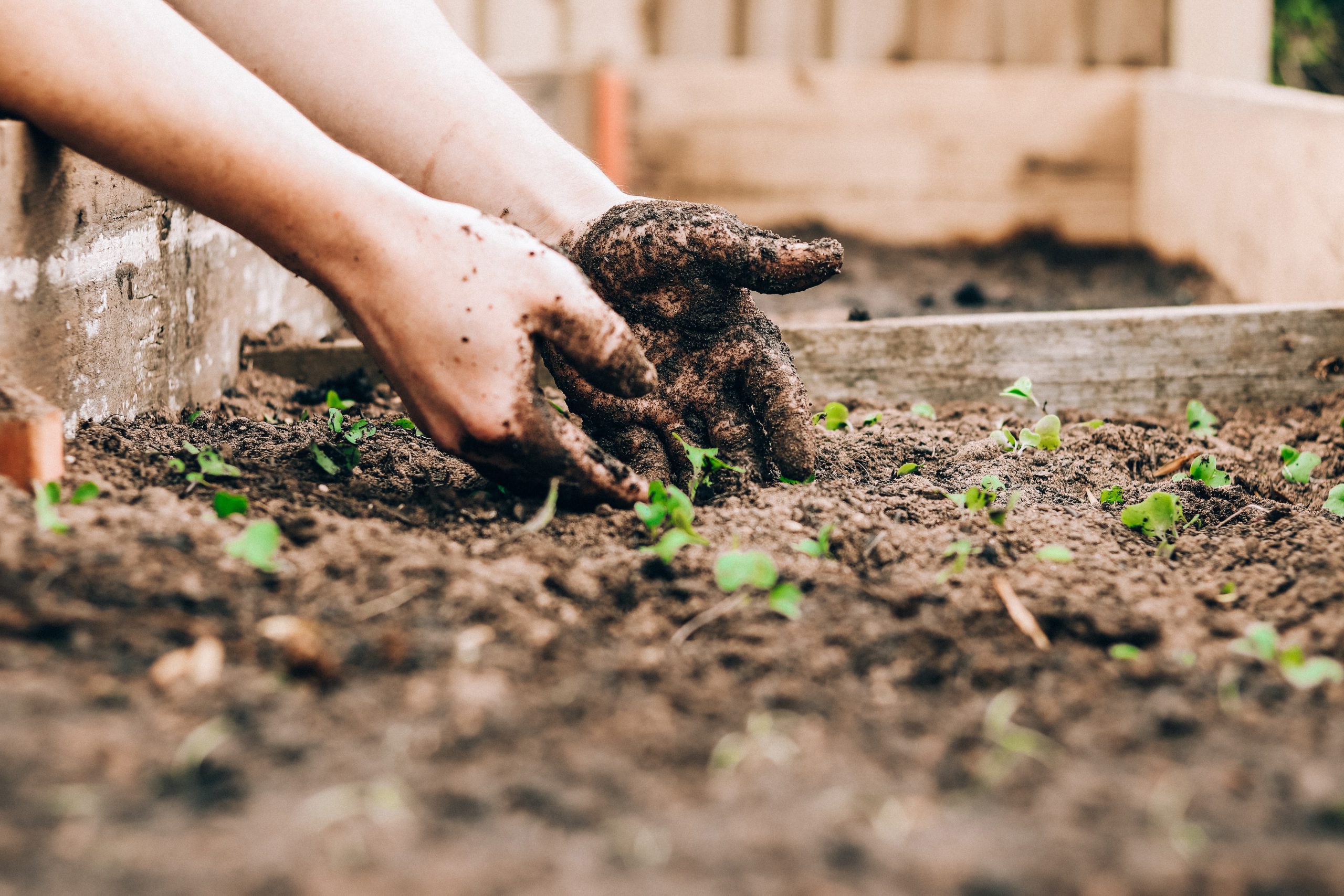
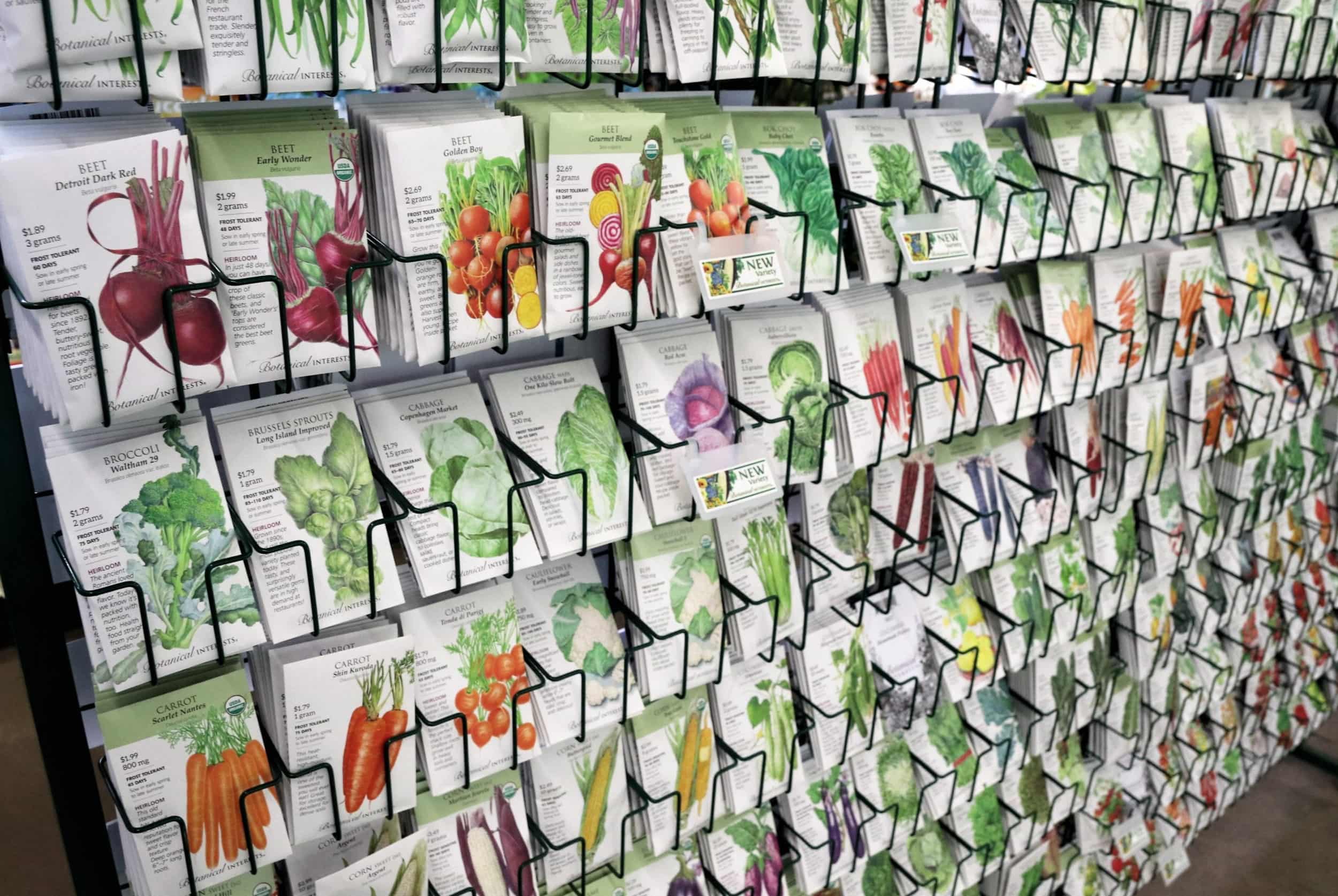
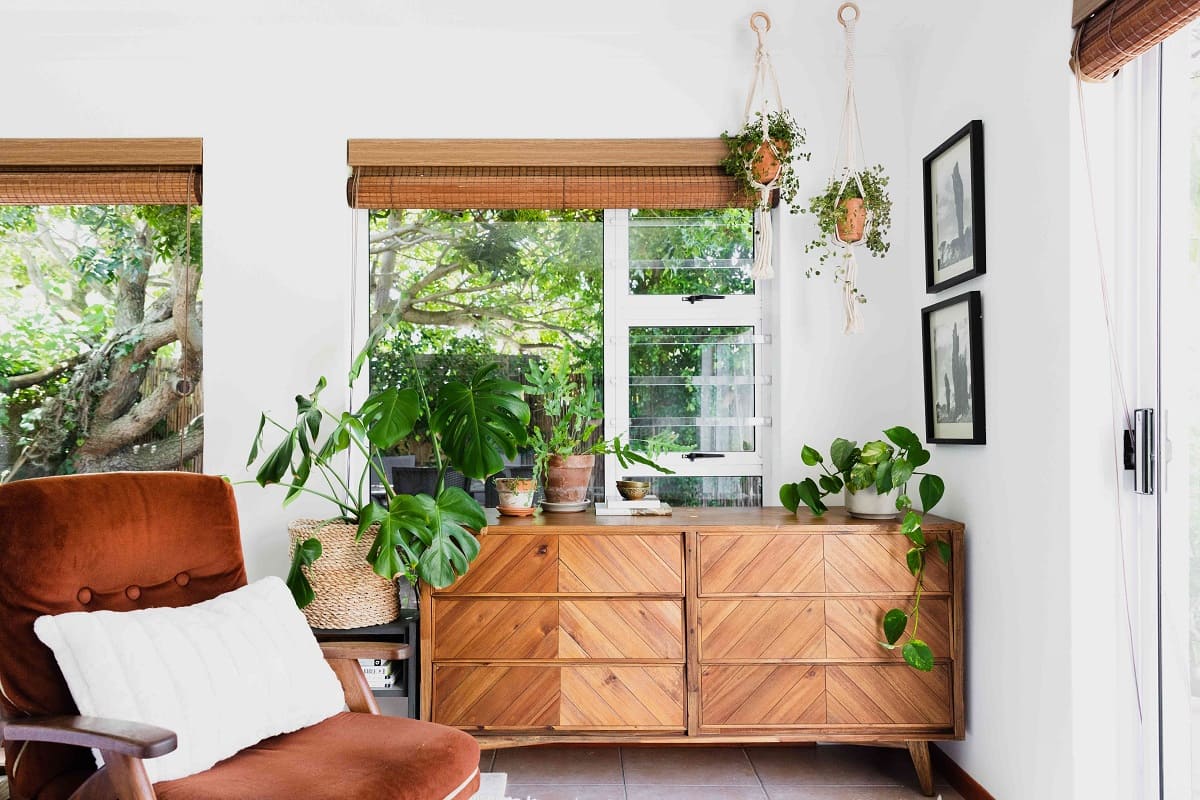
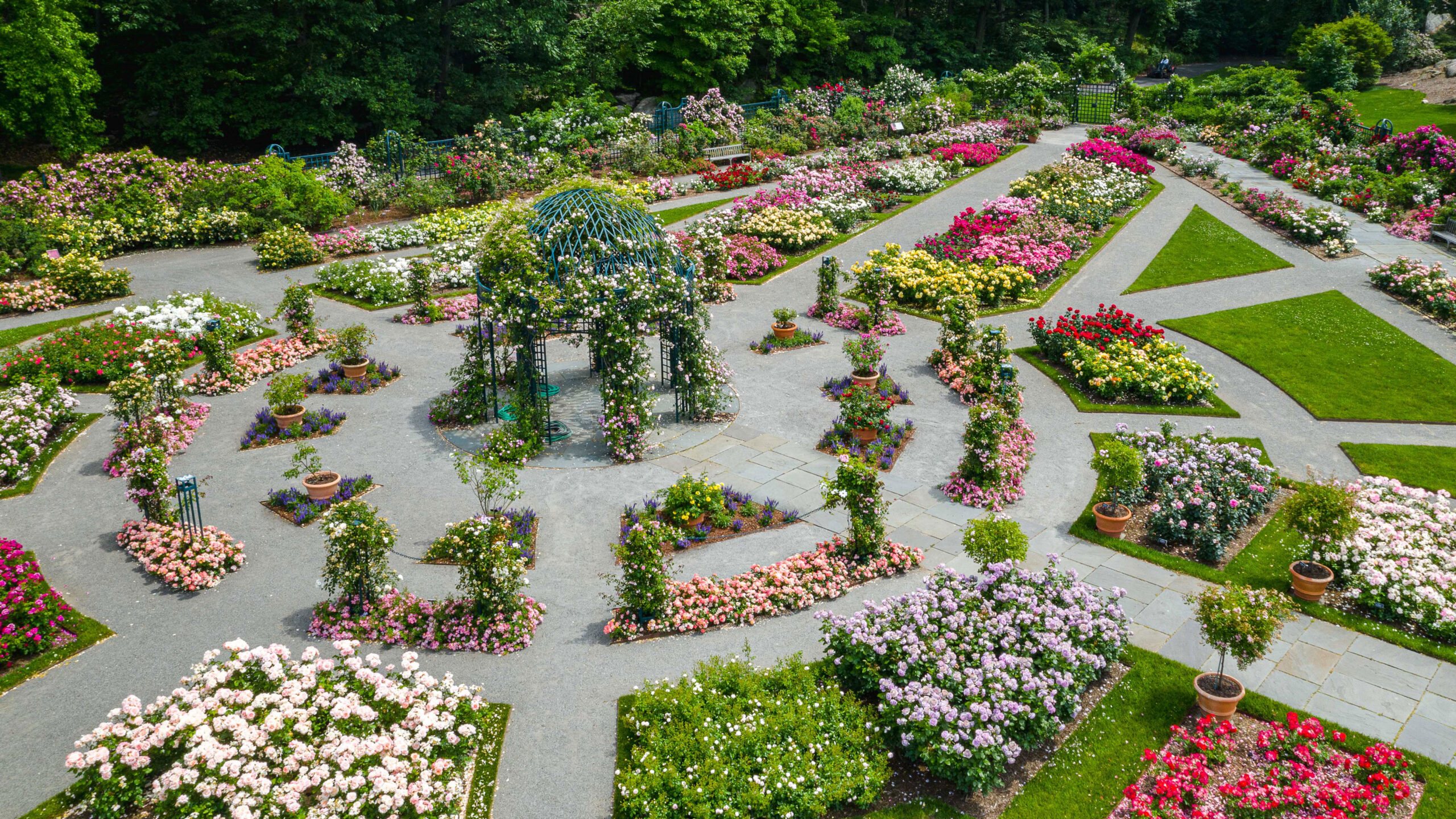

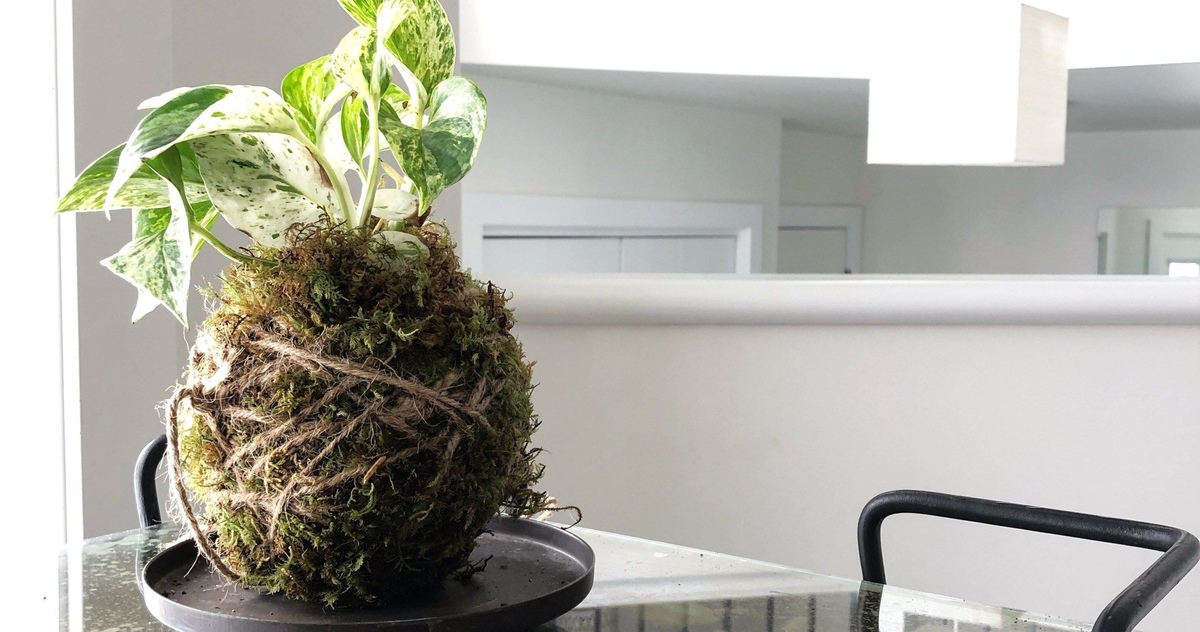
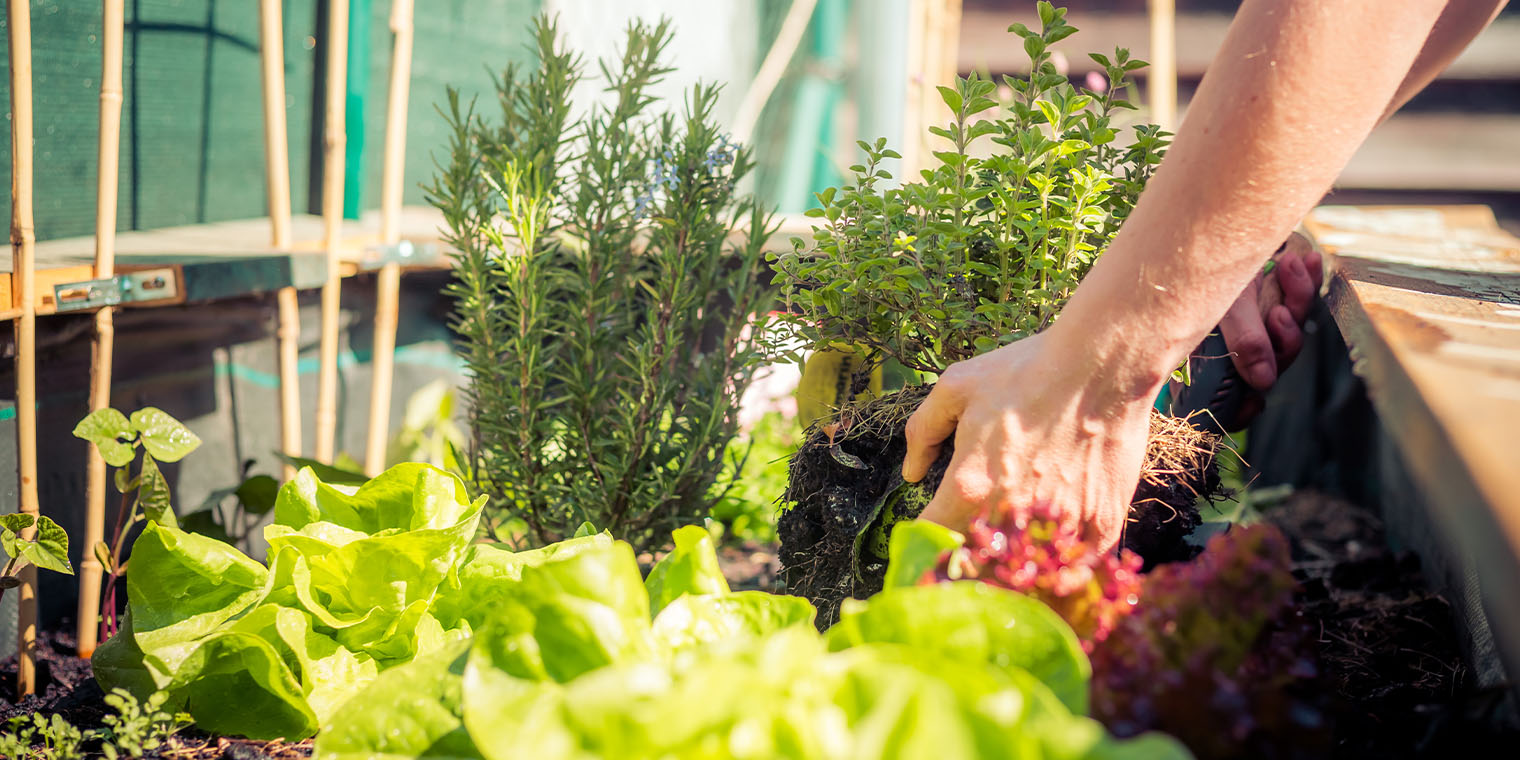
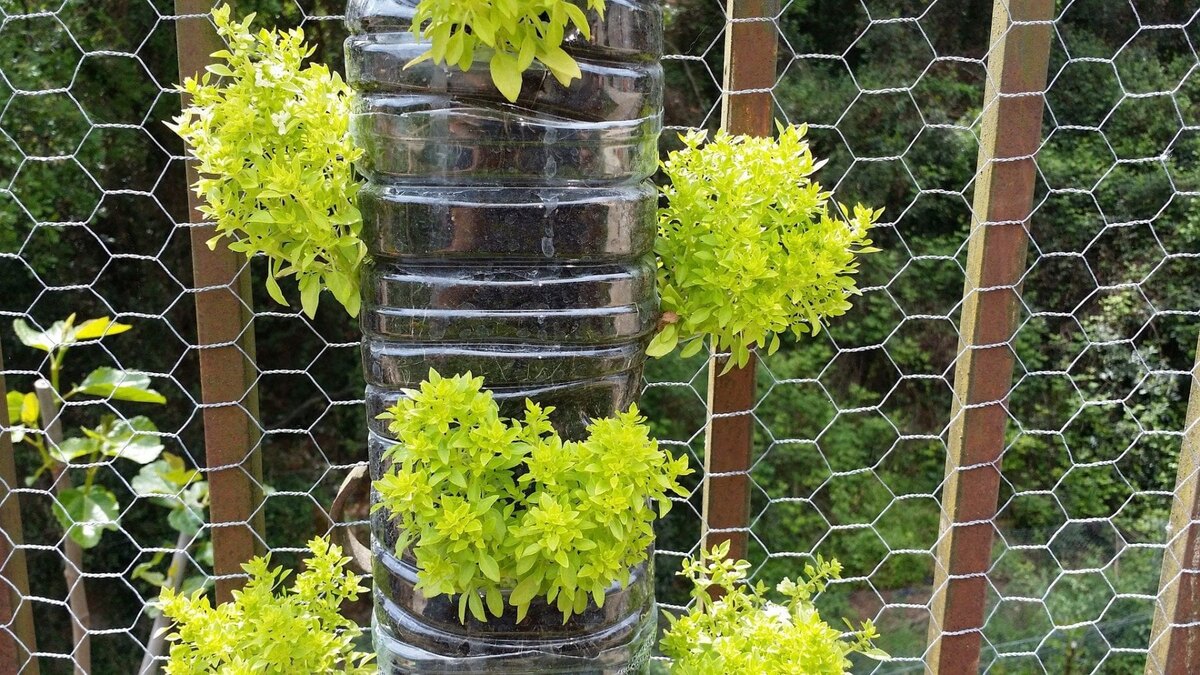

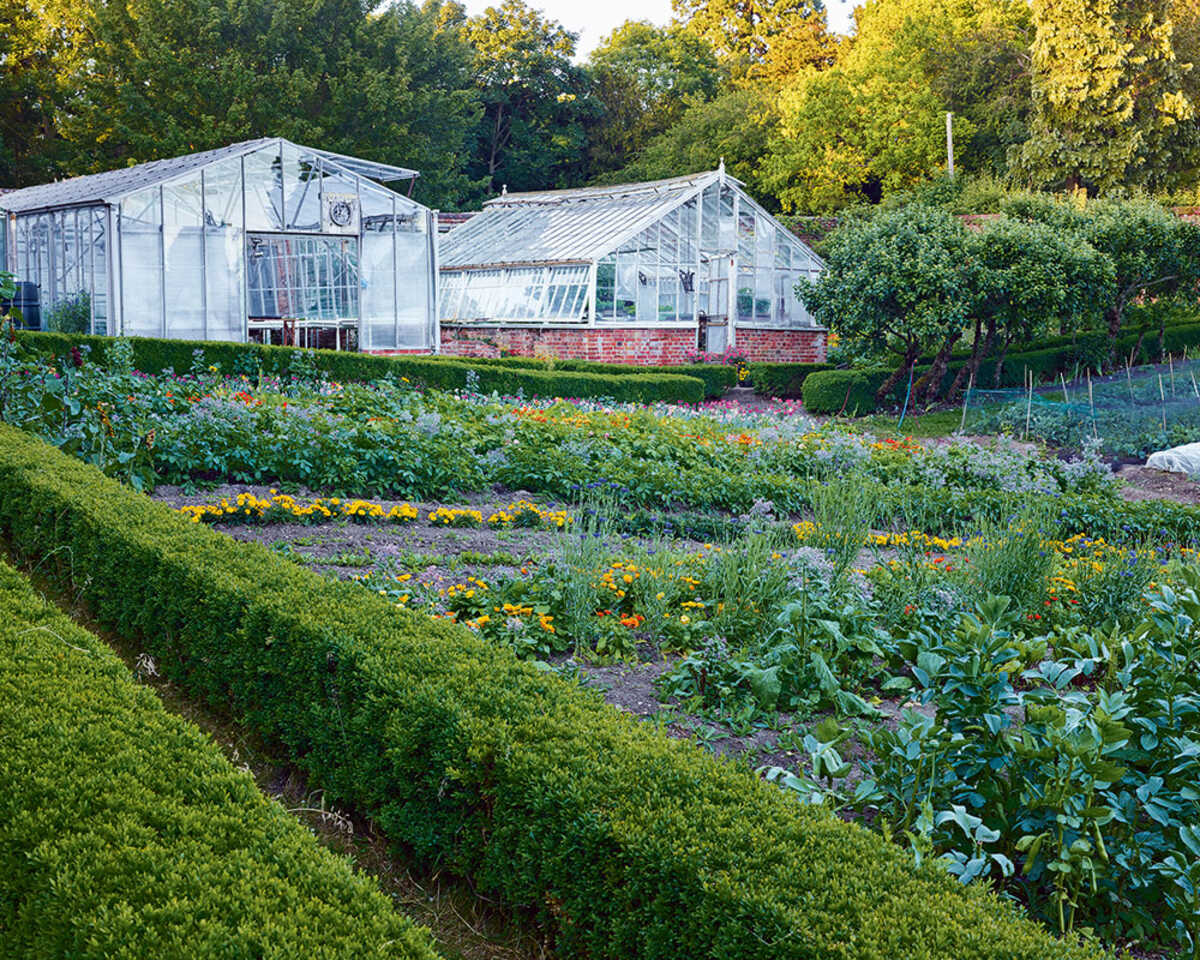
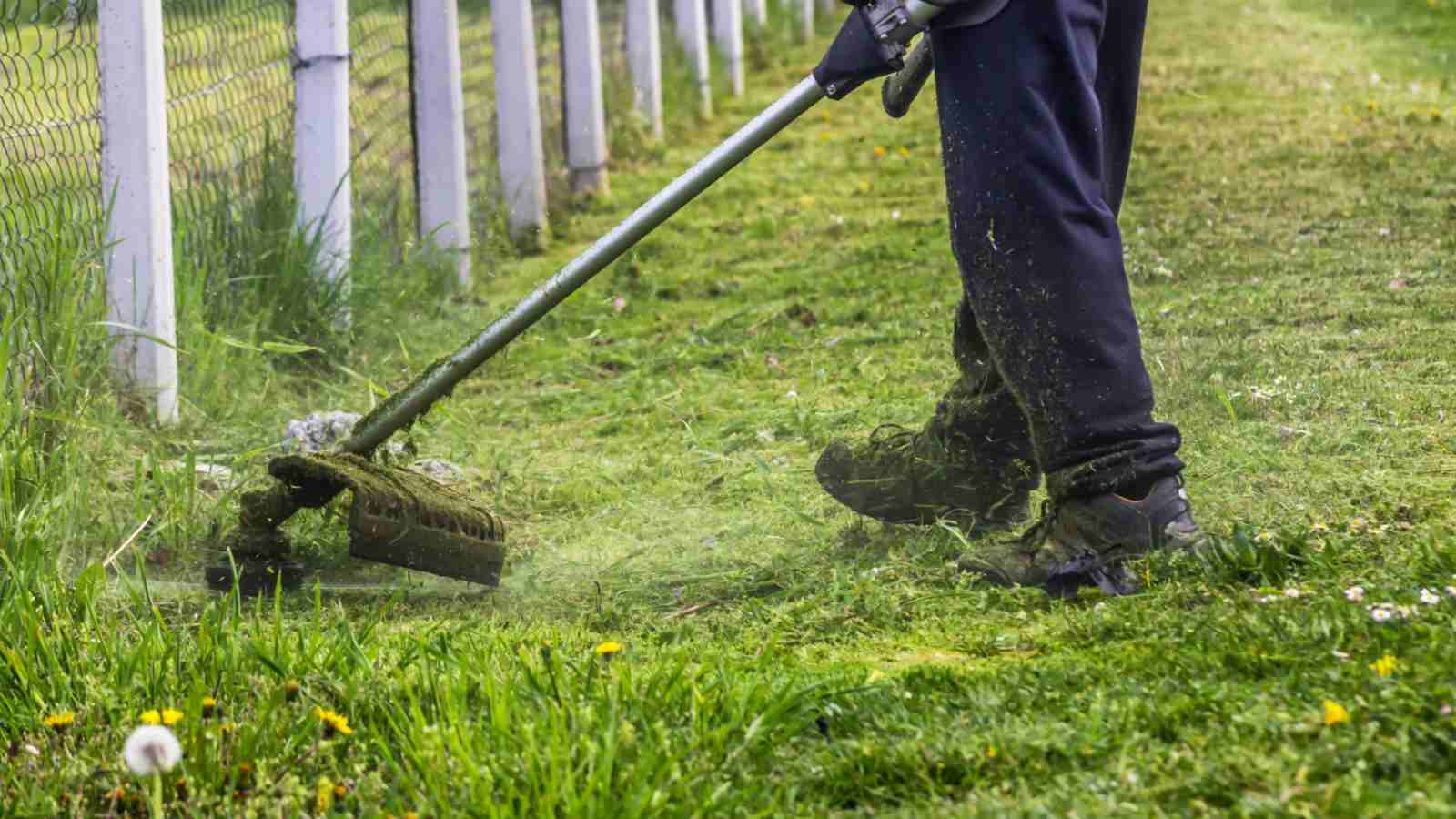
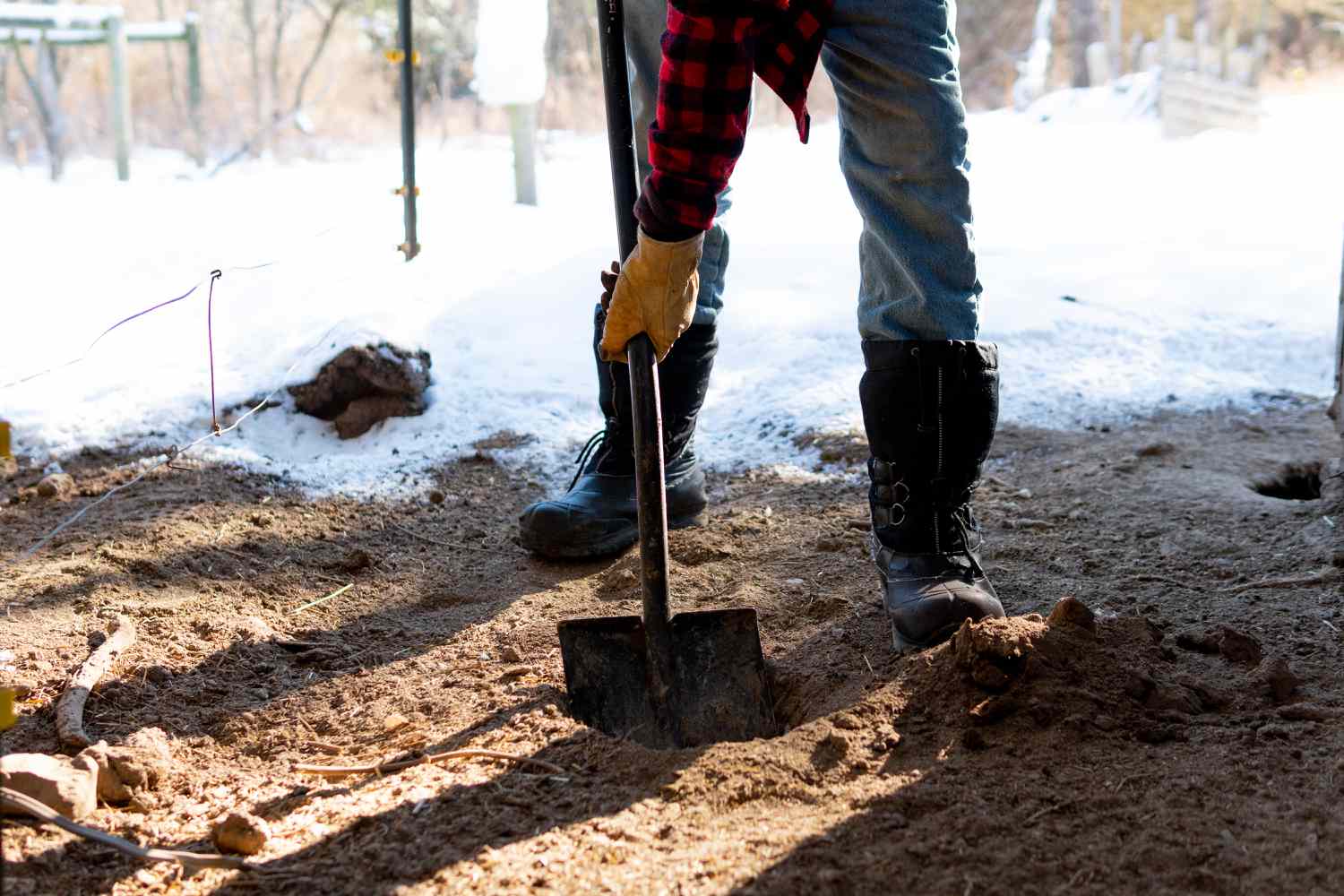

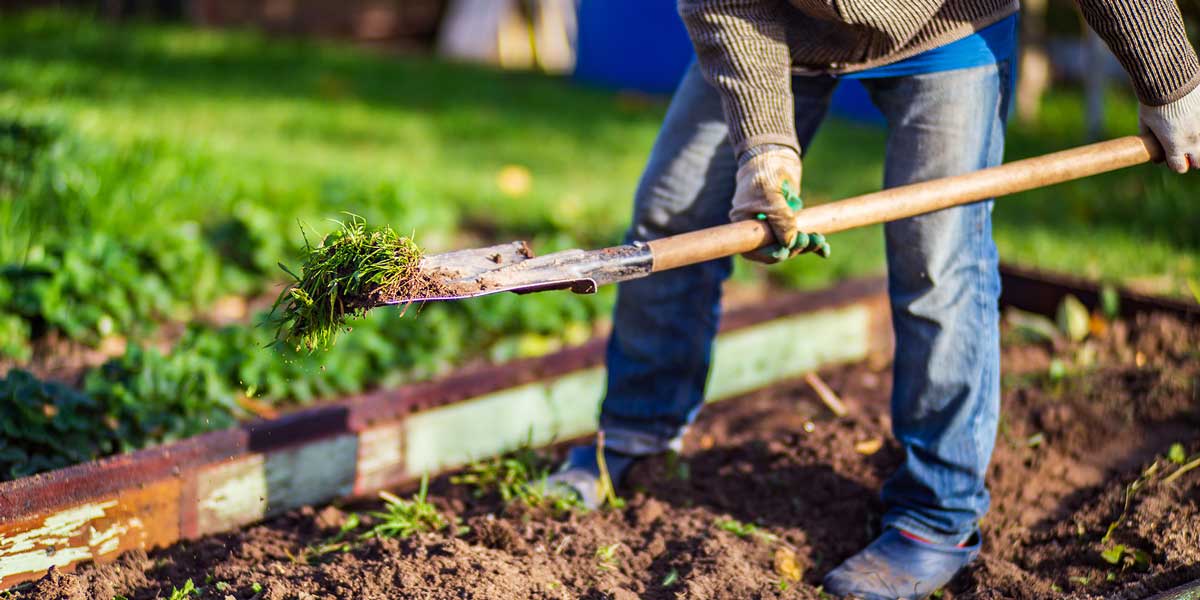

0 thoughts on “Where Is Botanical Garden”